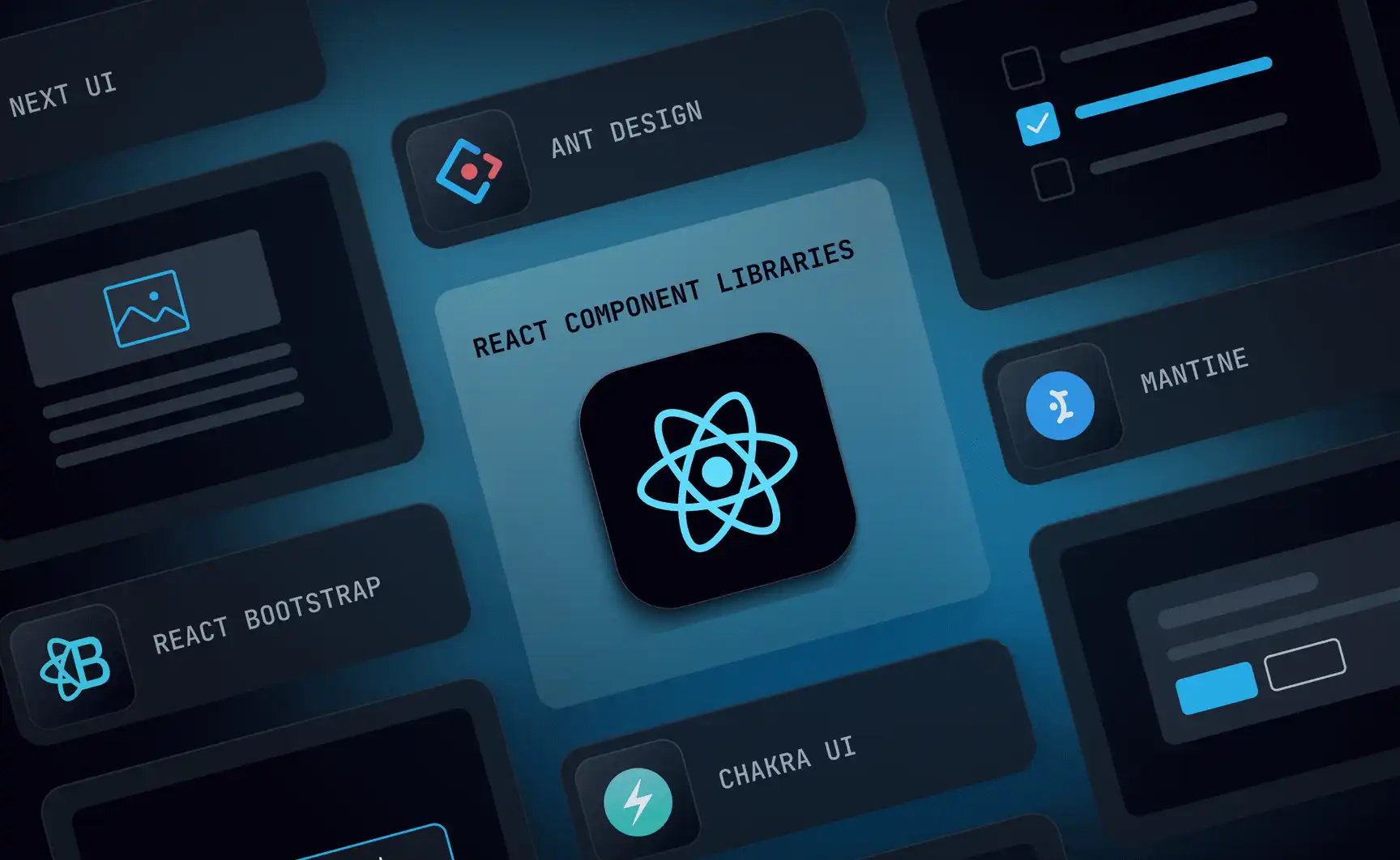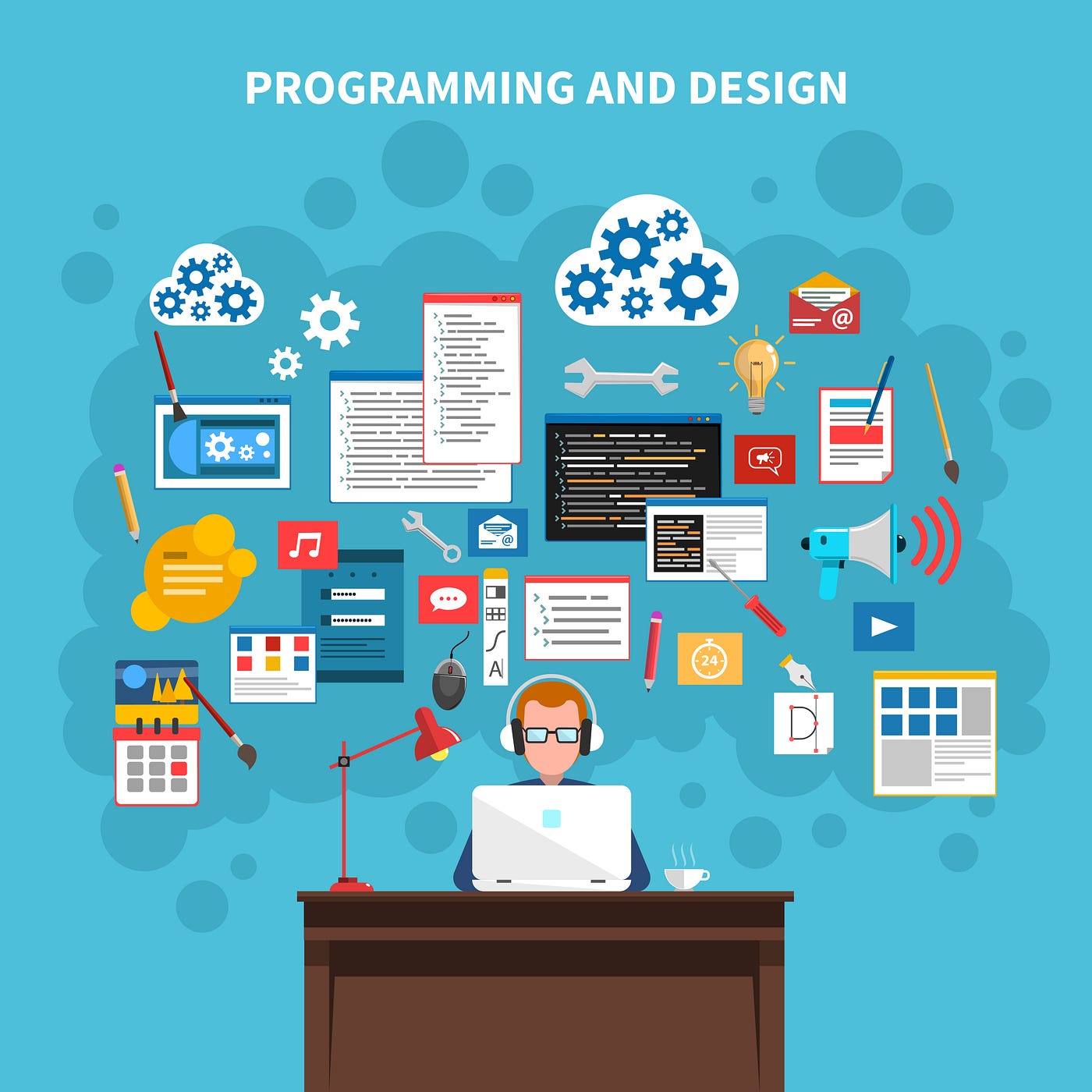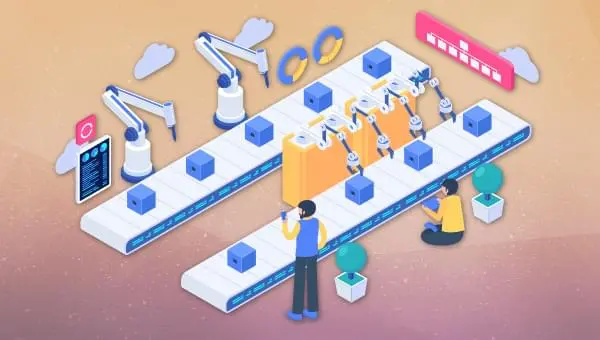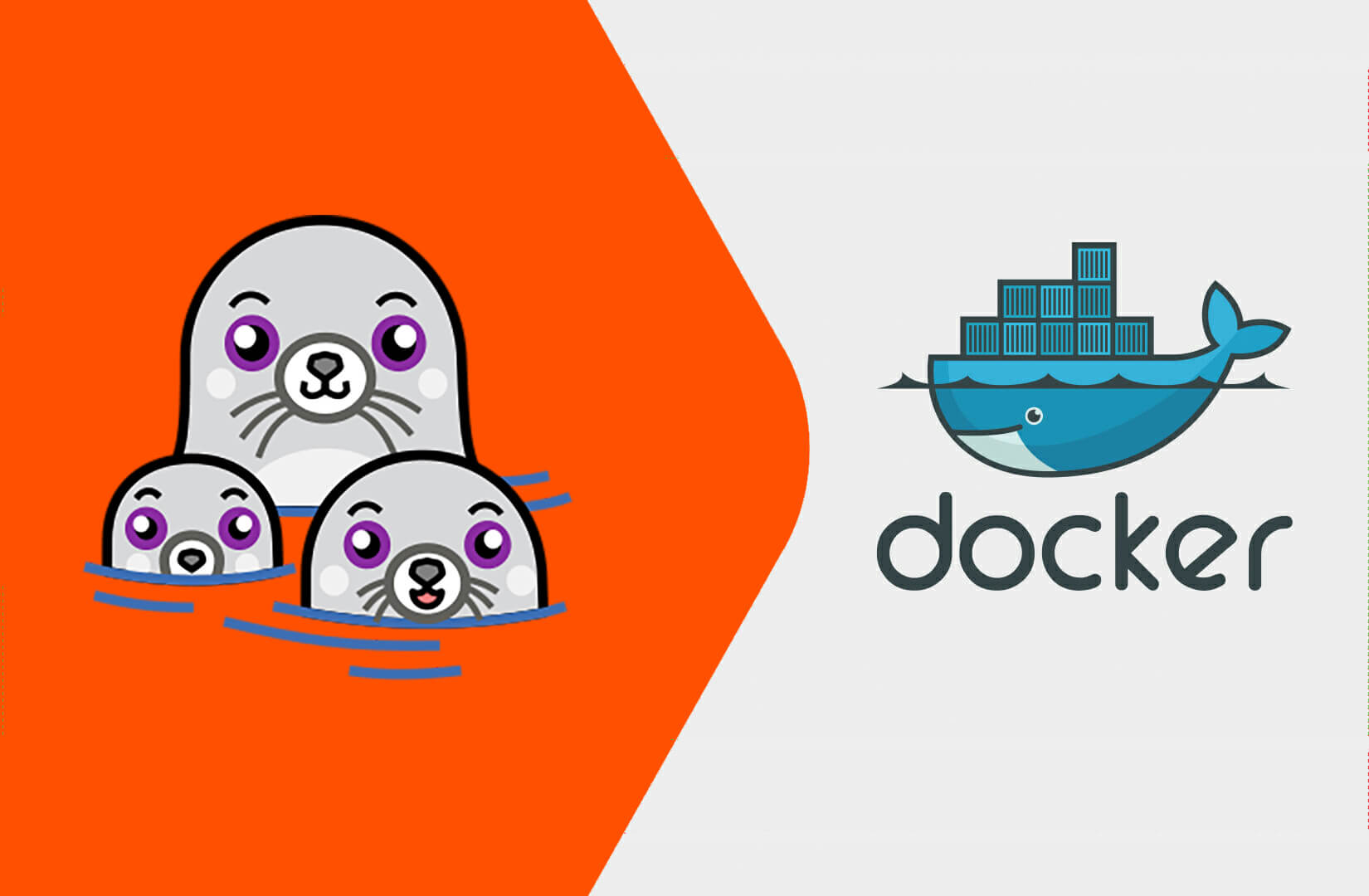There are only a few programming languages that are widely utilized in the field of AI.
Key Takeaways
Python stands out as a top programming language for AI, appreciated for its ease of use, rich libraries, and robust community support, making it an ideal choice for beginners.
R and Julia are noted for their specialized functions; R excels in statistical analysis, while Julia is designed for high-performance numerical computing, addressing particular demands in AI development.
Although established languages like C++ and Java remain important for applications requiring high performance, new languages and platforms are emerging, highlighting the need to select a programming language based on the specific needs of the project and the developer’s expertise.
What Is Artificial Intelligence?

Artificial intelligence (AI) is one of the most intriguing and rapidly evolving domains within computer science, currently reshaping our world. The job market for AI professionals is thriving, as highlighted by Gartner forecasts.
The primary goal of AI is to develop intelligent computer systems capable of learning and functioning autonomously.
In contrast, machine learning (ML) focuses on the techniques and methodologies that enable a computer system to “learn” how to execute specific tasks and even make predictions without being explicitly programmed for those tasks.
A (Very) Brief History of AI
The phrase “artificial intelligence” was introduced in 1956 by computer scientist John McCarthy when the field of AI research was established as a formal academic discipline. Over the decades, AI has undergone several cycles of optimism followed by setbacks and reduced funding—phenomena often referred to as “AI winters.” These cycles have been punctuated by the emergence of new methodologies, successful implementations, and renewed financial support.
Historically, AI research has been categorized into various subfields, often lacking effective communication among them. These subfields are defined by technical factors, including specific goals, application areas (such as healthcare and robotics), and distinct implementation strategies (such as symbolic computation and connectionism).
The traditional challenges or objectives of AI research include:
- Reasoning
- Knowledge representation
- Planning
- Learning
- Natural language processing
- Perception (computer vision)
- Object manipulation and movement (robotics)
Today’s and Tomorrow’s AI
Currently, AI is utilized in numerous applications, from powering virtual assistants like Siri and Alexa to more complex systems such as self-driving vehicles and predictive analytics.
Looking ahead, the pursuit of artificial general intelligence (AGI)—also known as strong AI, full AI, or general intelligent action—remains one of the field’s ultimate aspirations. Common methodologies for achieving AGI include statistical approaches, computational intelligence, and traditional symbolic AI.
Best Programming Languages for AI Development
Here are some of the most popular languages utilized in AI development, along with their key features.
Python
Python is the leading programming language for AI, renowned for its popularity and ease of learning.
As an interpreted, high-level, general-purpose language, Python boasts dynamic semantics. Its built-in high-level data structures, along with dynamic typing and binding, make it particularly appealing for rapid application development (RAD) and as a scripting language to integrate existing components.
Key Features of Python:
- Readable Syntax: Python has a simple, easy-to-learn syntax that prioritizes readability, which helps reduce program maintenance costs.
- Modular Support: It supports modules and packages, promoting code reuse and modular programming.
- Extensive Standard Library: Python comes with a comprehensive standard library available for free in source or binary form across all major platforms.
Why Python Excels in AI:
- Rich Libraries: Python offers a wide range of libraries for data analysis and manipulation, such as Pandas, making data handling straightforward.
- Machine Learning Libraries: It includes numerous libraries tailored for machine learning, like TensorFlow and Keras.
- Scientific Libraries: Python has robust scientific and computational libraries, including scikit-learn and NumPy.
- Microcontroller Programming: Projects like MicroPython, CircuitPython, and Raspberry Pi allow Python to be used in programming microcontrollers.
Example Projects:
- Project: TensorFlow and Keras
Description: These open-source libraries for machine learning and deep learning, developed by Google, are utilized in various applications ranging from voice and image recognition to drug discovery.
If you’re new to Python, consider exploring The Python Apprentice by Austin Bingham and Robert Smallshire, along with other Python books and courses available on SitePoint.
R
R is a programming language and free software environment designed for statistical computing and graphics, supported by the R Foundation for Statistical Computing.
Among statisticians, R serves as a common language, extensively utilized in official statistics (as seen in uRos2020 and uRos2022), data mining, and the development of statistical software and data analysis. According to polls and studies, R boasts an active global user base of approximately two million.
Key Features of R:
- Integrated Software Suite: R offers a comprehensive suite for data manipulation, calculation, and graphical display.
- Effective Data Handling: It provides robust data handling and storage capabilities, with a variety of operators for calculations on arrays, lists, vectors, and matrices.
- Graphical Facilities: R includes extensive graphical tools for data analysis and visualization, both on-screen and for hardcopy outputs, featuring interactive web interfaces like Shiny.
- Consistent Programming Language: R is well-developed and straightforward, supporting conditionals, loops, user-defined recursive functions, and input/output operations, including connections to relational databases.
Why R Excels in AI:
- Statistical Focus: R is tailored for statisticians, offering specialized features for AI development, such as linear and nonlinear modeling, time series analysis, classification, and clustering.
Example Projects:
- Project: Microsoft R Server
Description: An enterprise-scale server designed for running and managing R workloads, utilized in big data analytics, including machine learning initiatives.
Julia
Julia is a relatively new programming language, launched in 2012, that focuses on high-level, high-performance dynamic programming for technical computing. Its syntax is familiar to users of other technical computing environments.
Key Features of Julia:
- High-Performance Computing: Julia is designed for numerical and scientific computing with high performance.
- User-Friendly: It is straightforward to use and learn.
- Direct Library Access: Julia can call C and Fortran libraries directly, eliminating the need for wrappers or interface code.
- Parallel Computing Capabilities: It supports parallel and distributed computing.
- Extensive Standard Library: Julia includes a robust standard library covering differential equations, optimization, and machine learning.
Why Julia Excels in AI:
- Speed and Flexibility: Julia is not only fast but also highly flexible, making it easy to experiment with different models quickly.
- Strong Machine Learning Libraries: It features well-developed machine learning libraries such as Flux, MLJ, and KNet.
Example Projects:
- Project: Celeste
Description: A project aimed at cataloging the visible universe, processing petabytes of data from the Sloan Digital Sky Survey, showcasing Julia’s high-performance capabilities in scientific computing.
C++ and C#
C++ is a general-purpose programming language designed for systems programming, focusing on portability, efficiency, and flexibility. While its main competitor is Microsoft’s C#, both languages share similar syntax, though C# offers features like a managed memory model and built-in support for LINQ (Language Integrated Query).
C++ has proven useful in fields like computer graphics, image processing, and scientific computing, while C# is frequently used for 3D and 2D game development and various industrial applications.
Key Features of C++ and C#:
- Object-Oriented: Both languages support object-oriented programming with data abstraction, using classes, objects, and inheritance.
- Compilation vs. Managed Runtime: C++ is a compiled language, converting code directly into machine language for maximum performance, whereas C# runs on a virtual machine, providing portability across platforms.
- Memory Management: C++ offers direct control over memory, but this increases the chance of errors. C#, on the other hand, automates memory management.
Why C++ and C# Are Great for AI:
- Game Development: Both languages are extensively used in game development, where AI is crucial for simulating behaviors and decision-making.
- Performance: Due to their compiled nature, both languages are ideal for performance-critical applications requiring low-level system control.
- C# Tooling: C# benefits from excellent library support and development tools like Visual Studio.
Example Projects:
- Game AI in Unreal Engine (C++): Unreal Engine, a popular game development platform, uses C++ for AI-related tasks such as pathfinding and decision-making in complex virtual environments.
- Microsoft Cognitive Toolkit (C#): A deep learning framework designed for training AI models in fields like speech recognition and search relevance.
Java
Java is a powerful, versatile programming language known for its robustness and cross-platform capabilities. It is frequently used in enterprise applications and AI development due to its reliability and comprehensive tools.
Key Features of Java:
- Object-Oriented: Java supports encapsulation, inheritance, and polymorphism.
- Platform Independence: Java code runs on any platform with a Java Virtual Machine (JVM), making it highly portable.
- Statically Typed: This ensures type safety at compile time.
- Large Standard Library: Java’s extensive library provides out-of-the-box solutions for common programming needs.
- Exception Handling and Multi-threading: Java excels at managing errors and handling multiple tasks concurrently.
Why Java Is Great for AI:
- Speed and Reliability: Java’s speed, reliability, and mature ecosystem make it ideal for developing large, complex AI applications.
- Mission-Critical Applications: Java is battle-tested in various industries, ensuring its capability for AI-powered solutions.
- Cross-Platform Usability: It can be used for AI projects on both desktop and mobile platforms, including Android apps via Android Studio.
Example Projects:
- Deeplearning4j: An open-source, distributed deep-learning library for Java and Scala, utilized in real-world applications such as fraud detection, text mining, and image recognition.
JavaScript: A Dynamic Force in AI Development
While JavaScript’s origins are rooted in web development, it has evolved into a versatile player in the AI domain. With frameworks like TensorFlow.js, JavaScript allows AI applications to run directly in the browser, enabling real-time interaction and processing without the need for server-side computation.
Key Features:
- Versatility and Accessibility: JavaScript can now be used on both the client and server side thanks to Node.js, enabling a unified development environment across the full stack.
- Frameworks and Libraries: Tools like TensorFlow.js, Brain.js, and Synaptic provide powerful machine learning, neural network, and deep learning functionalities directly in JavaScript, bringing AI within reach of web developers.
Why JavaScript is Great for AI:
- Real-Time Data Processing: JavaScript is perfect for interactive web applications requiring instant data analysis, such as live data visualization or real-time user feedback.
- Wide Adoption and Community Support: JavaScript’s large and active community ensures continuous innovation, extensive resources, and solutions for common issues.
Example Projects:
- Project: Brain.js
- Description: A JavaScript library that simplifies neural network creation directly in the browser or via Node.js, bringing machine learning to the hands of web developers.
Scala: Bridging Functional and Object-Oriented Programming for AI
Scala is a hybrid programming language that combines functional programming with object-oriented principles. Its powerful features make it an ideal choice for building scalable and efficient AI systems. Scala’s compatibility with Java means it can also leverage a wide range of Java AI libraries, including Deeplearning4j.
Key Features:
- Hybrid Paradigm: By combining functional and object-oriented programming, Scala gives developers flexibility to choose the best approach for specific tasks.
- Immutability: Scala encourages immutability, simplifying development and reducing errors in multi-threaded applications.
- Type Inference: Scala’s advanced type inference reduces the need for verbose code, resulting in cleaner and more readable solutions.
Why Scala is Great for AI:
- Scalability: As its name suggests, Scala was designed to scale from small tasks to large, complex systems, making it ideal for growing AI projects.
- Rich Ecosystem: Thanks to its Java interoperability, Scala can tap into a vast library ecosystem, including AI and machine learning frameworks.
Example Projects:
- Project: Apache Spark
- Description: A powerful unified analytics engine for big data, offering modules for streaming, SQL, machine learning, and graph processing. Scala’s concise syntax is well-suited for data science workflows.
Honorary Mentions: Lisp and Prolog
While Lisp and Prolog are not as widely used today as some of the other programming languages for AI development, they remain important due to their historical significance and unique characteristics.
Lisp: The Pioneer of AI Programming
Originally introduced in 1958 by John McCarthy, Lisp is one of the oldest programming languages and was designed specifically for artificial intelligence research. Known for its parenthesis-heavy syntax and flexibility, Lisp has influenced many modern programming languages and remains in use for certain AI applications.
Key Features:
- Symbolic Processing: Lisp excels in symbolic computation, making it a good fit for AI tasks like pattern matching and rule-based decision making.
- Dynamic Nature: Lisp supports dynamic typing and dynamic scoping, making it very adaptable and suitable for rapid prototyping.
- Macros and Code as Data: Lisp’s powerful macro system allows developers to extend the language and treat code as data, which is particularly useful in AI development.
Example Applications:
- AI Research: Lisp was foundational in early AI research and remains influential in academic circles.
- Scripting & System Admin: Despite its age, Lisp still finds use in scripting and administrative tasks due to its flexibility and symbolic processing.
Prolog: A Logic-Driven Approach to AI
Prolog, developed in the early 1970s, is a logic programming language designed for declarative problem solving. Rather than focusing on how a problem is solved (procedural), Prolog focuses on what the problem is, making it ideal for tasks like natural language processing and knowledge representation.
Key Features:
- Declarative Paradigm: Prolog allows developers to define relationships and rules, and the language’s inference engine works out the logical conclusions. This makes it excellent for representing knowledge and solving logic problems.
- Backtracking Mechanism: Prolog can automatically backtrack and explore different possibilities to solve complex AI problems, such as constraint satisfaction or theorem proving.
Example Applications:
- Natural Language Processing: Prolog is commonly used in NLP to parse and interpret languages.
- Expert Systems: Prolog is often used in developing AI-based expert systems that require complex decision-making based on rules and logic.
Programming Languages to Avoid in AI Development
While some programming languages have their place, they don’t offer much to the field of artificial intelligence.
- COBOL is a legacy language developed in the 1950s and 1960s, primarily for business applications. It’s not well-suited for anything outside of that domain.
- FORTRAN, introduced in 1957, was designed for scientific and engineering tasks, but like COBOL, it doesn’t lend itself well to AI development.
- Pascal, a language from the 1970s, is mostly outdated today and is seldom used outside of academic environments.
- BASIC, once popular among beginners, has largely been replaced by more versatile languages such as Python.
That being said, you might assume that a language like JavaScript, typically used for web development, wouldn’t be useful for AI. However, there are some exciting projects like TensorFlow.js, supported by Google, that allow for building machine learning models in JavaScript, which can run directly in browsers or in Node.js. So, surprises do happen!
Conclusion
AI is already here, reshaping the way we live and interact with the world. It’s also opening up new opportunities for businesses and individuals.
As with most things in IT, there’s no one-size-fits-all solution. Choosing the right programming language for AI depends on several factors, such as the task at hand, the platform you’re working on, and your personal preferences or expertise.
That being said, Python is widely considered one of the best languages for AI, thanks to its simplicity, extensive libraries, and large community. R is another solid option, especially if you’re focusing on statistical models. Julia, a newer language, is gaining traction for its speed and efficiency. If you’re working on low-level systems or performance-sensitive applications, C++ or C# could be the ideal choice.








